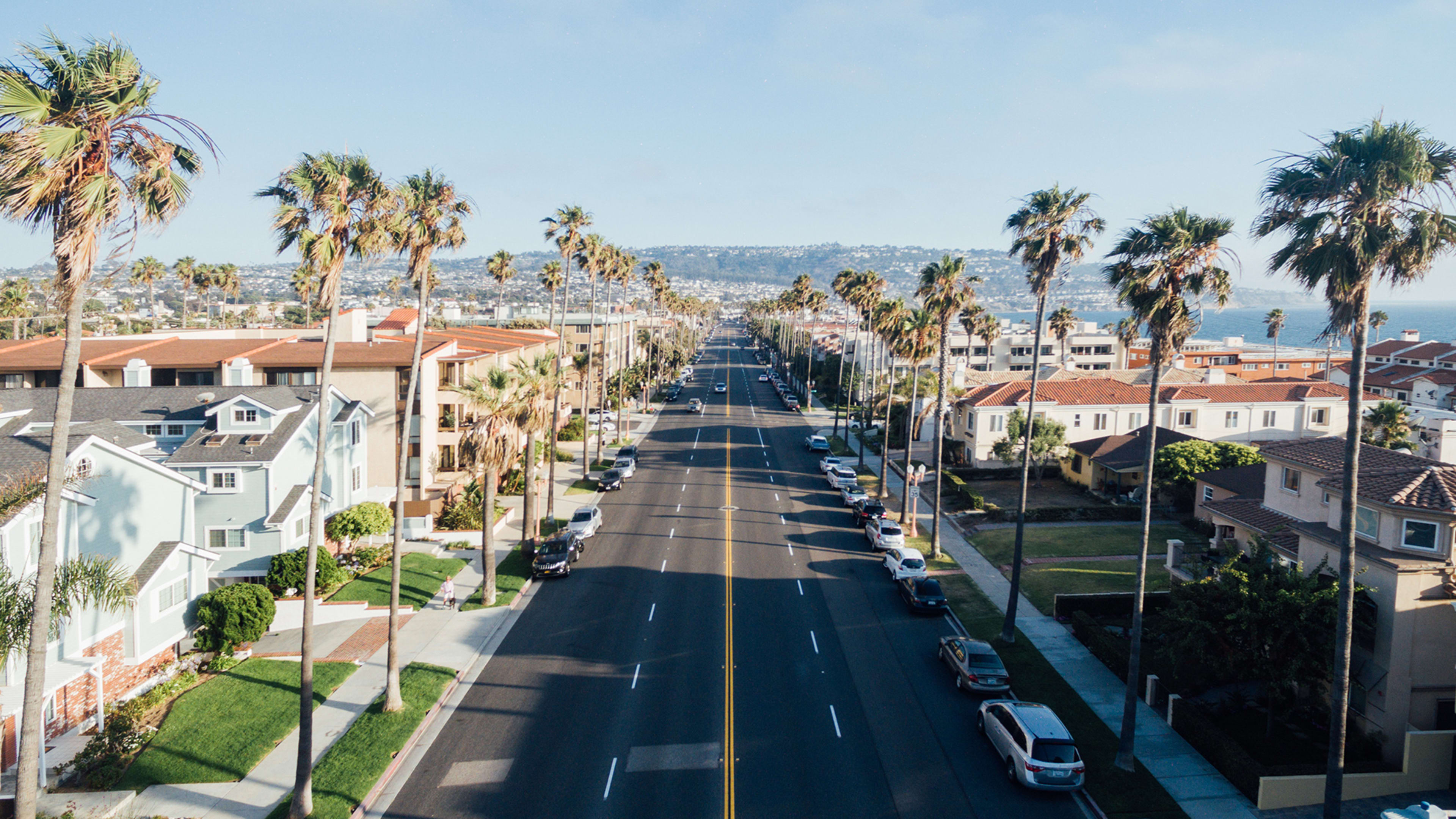California on Monday gave the thumbs-up to driverless cars that actually have no driver.
If you’ve ever spotted an autonomous vehicle, say from Waymo or Uber, you probably noticed that there was actually someone behind the wheel. But today, reports the San Francisco Chronicle, the California Office of Administrative Law finally signed off on rules that will allow autonomous cars to be tested autonomously—or at least, with no one in the driver’s seat.
The state’s Department of Motor Vehicles had spent a year working on the new rules, the Chronicles writes. The first permits to test truly driverless cars will be available by April 2.
There are dozens of companies already testing driverless car technology in California. Now, “companies must self-certify that their cars can handle themselves without a human in the driver’s seat,” the Chronicle writes, “and they must comply with all federal safety regulations.”
As well, there must be human operators monitoring the cars remotely who have the ability to pull them to the side of the road. And remote operators must also be able to communicate with law enforcement as well as the passengers in the event of an accident.
Vehicles can operate without steering wheels, accelerators, and other manual controls, provided they get waivers from the National Highway Traffic Safety Administration.
But don’t expect Ubers with empty driver’s seats just yet. For now, the only people who can ride in such cars are employees of the companies operating them, or non-paying passengers.
cool-did not realize we had figured out the security, privacy & policing issues already https://t.co/vCBFTSRvkS
— Elizabeth Joh (@elizabeth_joh) February 26, 2018
And not everyone is happy with the state’s decision. Some feel there are still many issues, such as safety, privacy, security, and policing, to figure out. “Testing shows the state of the technology imperils the public if a human driver cannot take over the car,” John Simpson of Consumer Watchdog and Sahiba Sindhu of Consumer Advocate, wrote in a February letter to Congress cited by the Chronicle.
Related:
Recognize your brand’s excellence by applying to this year’s Brands That Matter Awards before the early-rate deadline, May 3.
